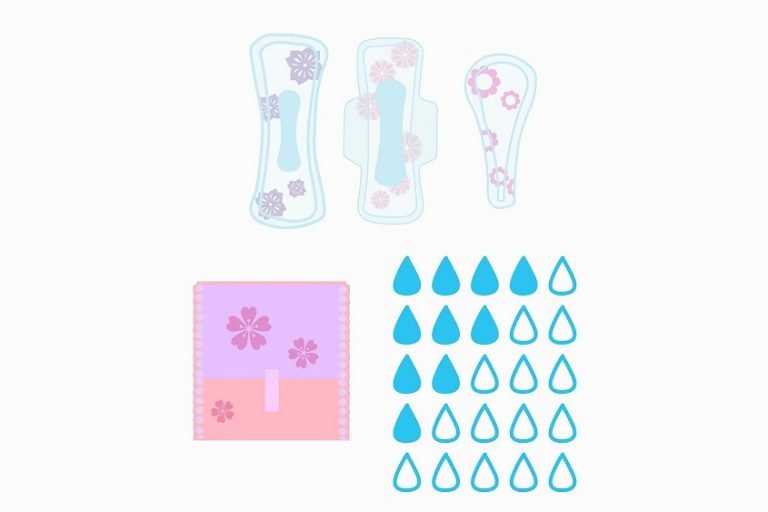Browsing: Women Health

The page provides quick access to a list of common diseases, syndromes, health conditions, and other topics of health importance pertaining to women’s health. The list is organized alphabetically. Links are provided to respective diseases sections that serve as a comprehensive and ultimate guide about the disease or health condition.
A gynecological disorder involves damage or risk to any female reproduction organ, which includes the abdominal and pelvic area, i.e., ovaries, uterus, fallopian tubes, vagina, vulva and breasts. Some of these disorders can even affect the proper functioning of the reproductive system and may create difficulty during pregnancy or child birth.
Healthcare professionals believe that every woman may suffer from one or another type of gynecological condition at some point in their life. In the past few years, the incidence of few gynecological disorders has sternly increased such as endometriosis, uterine fibroids and breast cancer. They have not only affected adult women, but teenage girls also have shown high incidence of certain gynecological diseases.
From puberty till menopause, a woman’s reproductive organs are continuously changing due to sexual activity, pregnancy and aging. These changes occur due to variation in hormonal levels in the body. An injury or a disease can also affect your reproductive system, leading to a gynecological disorder.
Common gynecological disorders include dysmenorrhea, vulvodynia, chronic pelvic pain, breast cancer, polycystic ovary syndrome, endometriosis, uterine fibroids, vaginitis and menstrual cramps.
The menstrual cycle can significantly affect a woman’s emotions, with hormonal changes during different phases of the cycle playing a crucial role. Premenstrual syndrome (PMS) can have a severe impact on women’s mental and physical health. Understanding and managing PMS symptoms through lifestyle changes and medical interventions can significantly improve women’s quality of life.
Heavy periods, or menorrhagia, can significantly impact a woman’s quality of life, leading to physical and emotional discomfort. The causes of heavy periods range from hormonal imbalances to fibroids, but there are effective treatments available, including hormonal therapy, NSAIDs, and surgical options like endometrial ablation and myomectomy. Women should seek prompt medical attention to improve their overall health and well-being.
Painful periods or dysmenorrhea can have primary or secondary causes. Management includes lifestyle changes, medication, and alternative therapies. Prevention involves identifying and addressing underlying causes, such as treating medical conditions and maintaining a healthy lifestyle. Consulting a healthcare provider is important for personalized management and prevention plans.
Factors Affecting Ovulation: Understanding the Menstrual Cycle and Ovulation
To optimize reproductive health and increase the chances of conceiving, it’s crucial to understand the factors affecting ovulation, such as age, lifestyle, and medical conditions. Tracking ovulation through methods like ovulation calendars, fertility apps, or fertility monitors can help manage fertility effectively.
Secondary ovulation and multiple ovulations can have significant implications for women’s reproductive health. Hormonal imbalances, medical conditions, and environmental factors can cause these conditions. Management and prevention options include medical interventions, lifestyle changes, and alternative therapies.
Mental Health and Motherhood: Coping with Postpartum Depression and Anxiety
Postpartum depression and anxiety can significantly affect a mother’s mental health and overall quality of life. PPD is a mood disorder that can occur within the first year after giving birth, while PPA is a type of anxiety disorder that can occur anytime during pregnancy or after childbirth.
How to Track Your Menstrual Cycle to Increase Your Chances of Getting Pregnant
Did you know that certain medications, such as antidepressants and hormonal medications, can affect your menstrual cycle and decrease your chances of conception? It’s important to talk to your healthcare provider about any medications you are taking and their potential effects on fertility.
Ovulatory disorders can take many forms, from irregular periods to absent periods, and can be caused by a variety of…
It’s essential for pregnant women to understand what symptoms are normal and what symptoms may be a cause for concern.…
Early pregnancy bleeding, including implantation bleeding, can have various causes such as ectopic pregnancy, miscarriage, cervical polyps, and infections. Diagnosis is through physical examination, ultrasound, and blood tests. Management may involve rest, medications, surgery, or supportive care. Early detection and proper management are crucial for the health of the mother and fetus.













